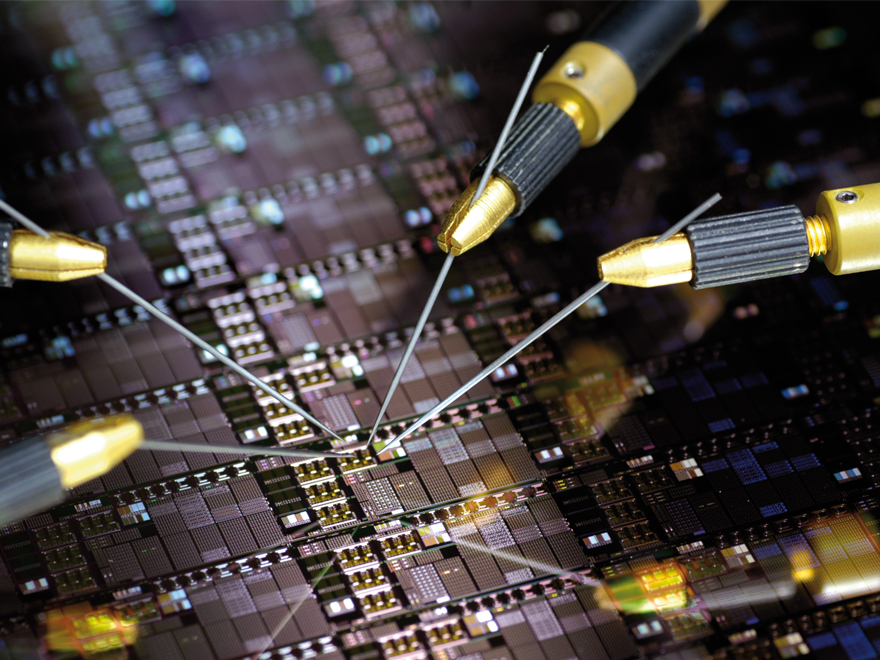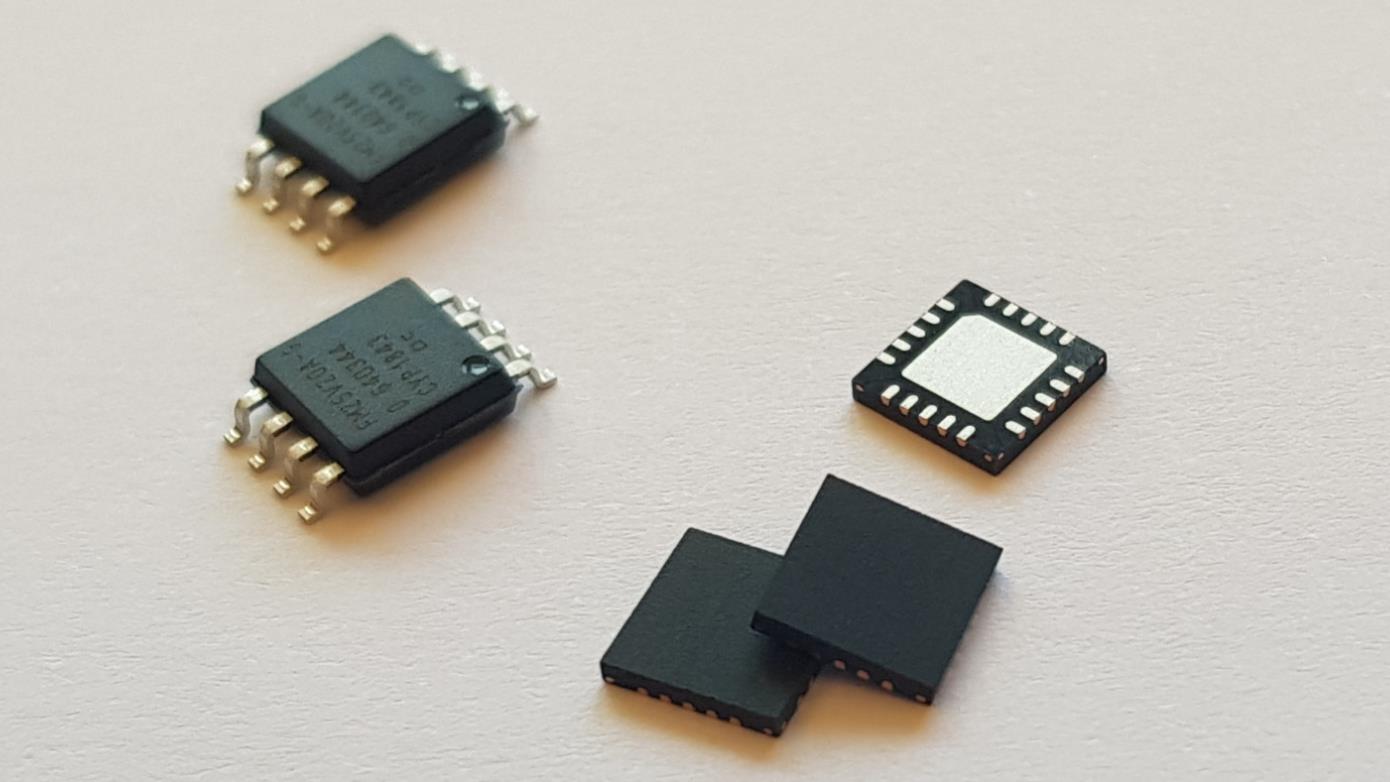Passive high-frequency (HF) and near field communication (NFC) are batteryless systems that consist of an ASIC, an antenna and the carrier material. The energy required to operate is obtained by the field of the reader. In addition, commands are sent by the reader to the transponder via the field, to which the transponder responds (“transmit and response” transponder). The ASIC contains different switch blocks for this purpose. Next to the analog frontend, which controls the supply voltage, there is also a digital part. The digital part carries out the data processing and accesses an integrated, non-volatile memory, which is normally an EEPROM. In the typical application scenario the reader reads out the memory content from this EEPROM via the air interface.
These HF and NFC transponders for 13.56 MHz for labelling have become indispensable in the modern production logistics and industry. In the industry semi-finished products are labelled with this kind of transponders to monitor their progress through production and to mark “production variants”. In this process the semi-finished product data is stored on the internal EEPROM memory of the transponder.
One example is the automotive industry, where the future equipment and color of the bodyshell is saved on the transponder. If the transponder is read out with reading devices on the sidelines of the production line, a computer system can automatically lead the bodyshell in the correct painting line – or the production line is automatically just-in-time delivered with the needed sport seats.
These transponder-based labels make the production of unique items possible in a production line, like they occur in the automotive sector. These solutions are already available on the market. Our solutions are more versatile and future-oriented due to the sensor technology. This way, the transponders could be used to monitor the freshly painted car body directly during the drying process and to regulate the temperature for an optimal and energy/cost saving result. They could also be used to detect defects on radiators – and therefore predict an expensive failure or avoid defective semi-finished products.
This idea can be further developed with many applications and different sensor elements and form the base for the idea of “industry 4.0”, where the recording and evaluating of such information plays a central role. In the first step, Fraunhofer IMS currently develops transponder ASICs with SPI and I2C interface to which a variety of different sensors can be connected. These interfaces can be controlled by the reading device via a tunnel protocol. This way, every data set can be transferred via the air interface to the SPI/I2C, no matter what is connected to it. Thus, cost-effective RFID sensor systems can be built for various different industry 4.0 applications. We will gladly develop the perfectly suited transponder ASIC and antenna according to customer requirements.

